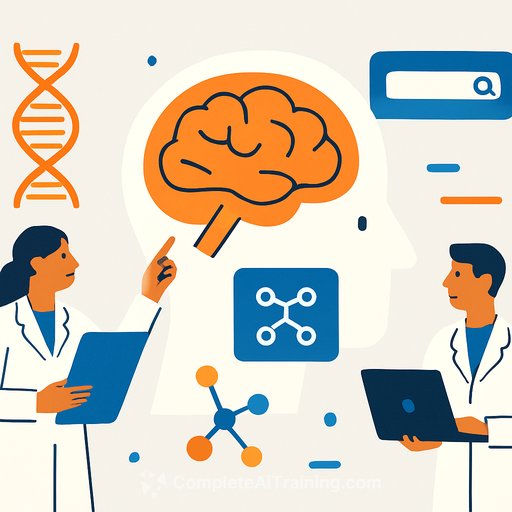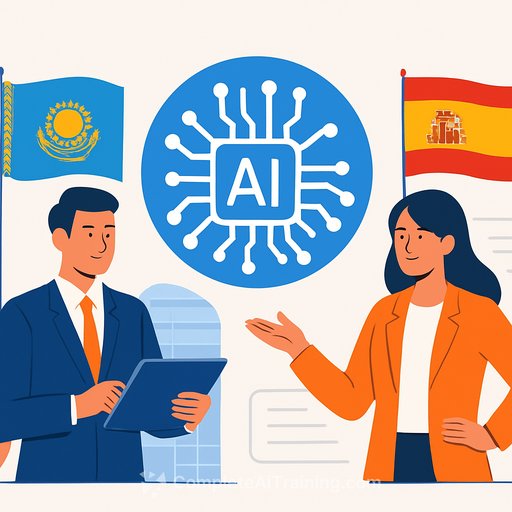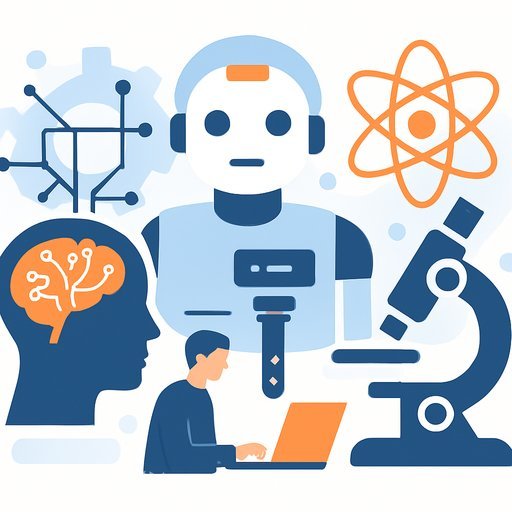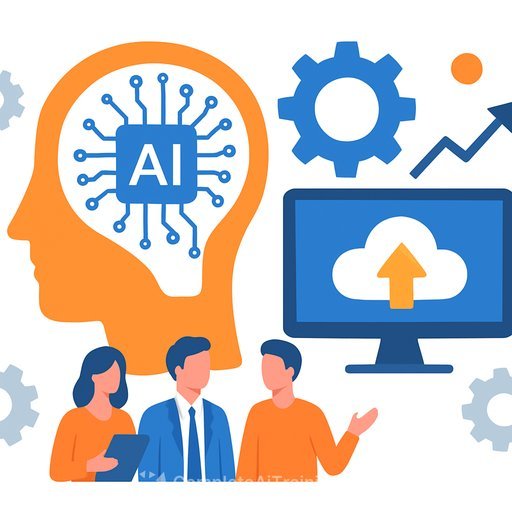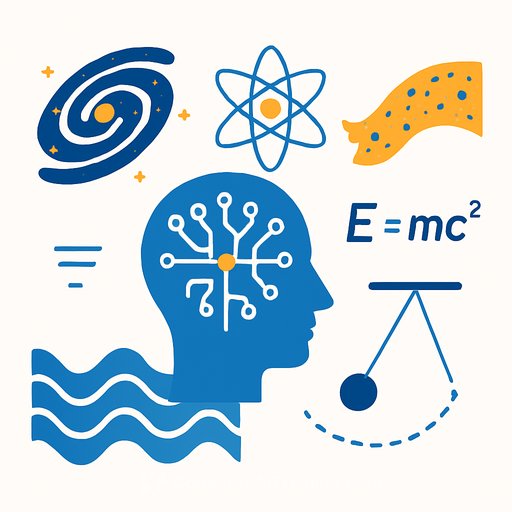Anthropic launches Claude for Life Sciences: practical AI for R&D workflows
Anthropic introduced Claude for Life Sciences, a focused integration of its Claude models with widely used research tools. The goal is straightforward: help teams shorten the busywork between hypothesis and submission without overselling what AI can do.
- Built on Anthropic's existing models, with connections to Benchling, PubMed, 10x Genomics, Synapse.org, and more
- Supports literature reviews, hypothesis generation, data analysis, report drafting, and regulatory prep
- Anthropic's first formal launch in the life sciences sector
What Claude for Life Sciences does
Claude can sit across the research workflow: pulling literature, comparing study designs, summarizing lab data, and drafting documents that align with regulatory expectations. It's not replacing the bench. It's compressing the steps that slow you down in preclinical, translational, and early clinical documentation.
Integrations with your stack
Anthropic built direct connections to tools researchers already use. That includes Benchling for experiment data and inventory, PubMed for literature, 10x Genomics for single-cell data, and Synapse.org for collaborative datasets. The company is also working with Caylent, KPMG, Deloitte, AWS, and Google Cloud on deployment, security, and change management.
Benchling and PubMed links are live at launch, with additional integrations expanding over time.
Demo snapshot: from days to minutes
In a demo, a scientist running preclinical studies compared two dosing strategies. Claude pulled data straight from Benchling, generated tables of key differences with source links, and drafted a study report suitable for inclusion in a regulatory submission. Work that typically takes days of validation and compilation was reduced to minutes.
Scope and limits
Eric Kauderer-Abrams, Anthropic's head of biology and life sciences, was clear: AI won't collapse three-year clinical trials into a month. The focus is on the expensive, time-heavy steps-review, analysis, documentation, and coordination-handled piece by piece with tight integrations and governance.
Why this move matters
This is Anthropic's first formal step into life sciences, following the hire of Kauderer-Abrams and a growing base of researchers already using Claude for isolated tasks. The latest model, Claude Sonnet 4.5, was released recently and is reporting stronger performance on lab protocol comprehension and related tasks.
Anthropic, founded in 2021 by former OpenAI leaders, now carries a valuation reported at $183 billion. CEO Dario Amodei discussed the launch on-air as the company outlined a bigger push into research workflows.
How teams can get value quickly
- Map bottlenecks you can quantify: literature screening, protocol drafting, figure/table generation, QC, and submission formatting.
- Connect Claude to your core systems (e.g., LIMS/ELN, data lakes, and document repositories) with read-only access first.
- Pilot on a contained, retrospective dataset to measure time saved and error rates before production use.
- Set clear rules of engagement: provenance links in every output, human review for regulated documents, and audit trails.
- Track metrics: hours saved per task, revision cycles, submission readiness, and compliance flags caught early.
If your team plans to standardize on Claude, structured upskilling helps. See our Claude certification for teams for practical workflows and policy templates.
Context: The announcement coincided with Dario Amodei's appearance on CNBC's Squawk Box in Davos on January 21, 2025, signaling Anthropic's commitment to life sciences as a core investment area.
Your membership also unlocks:

